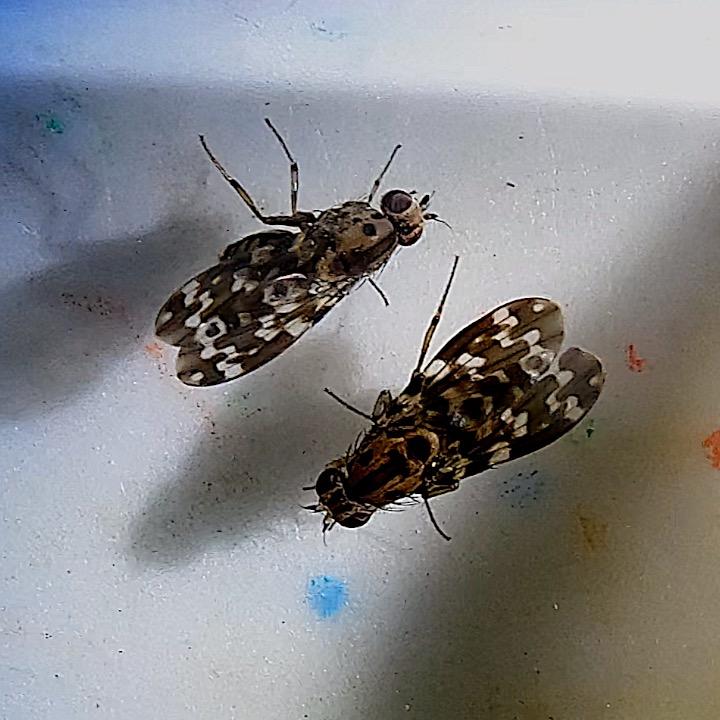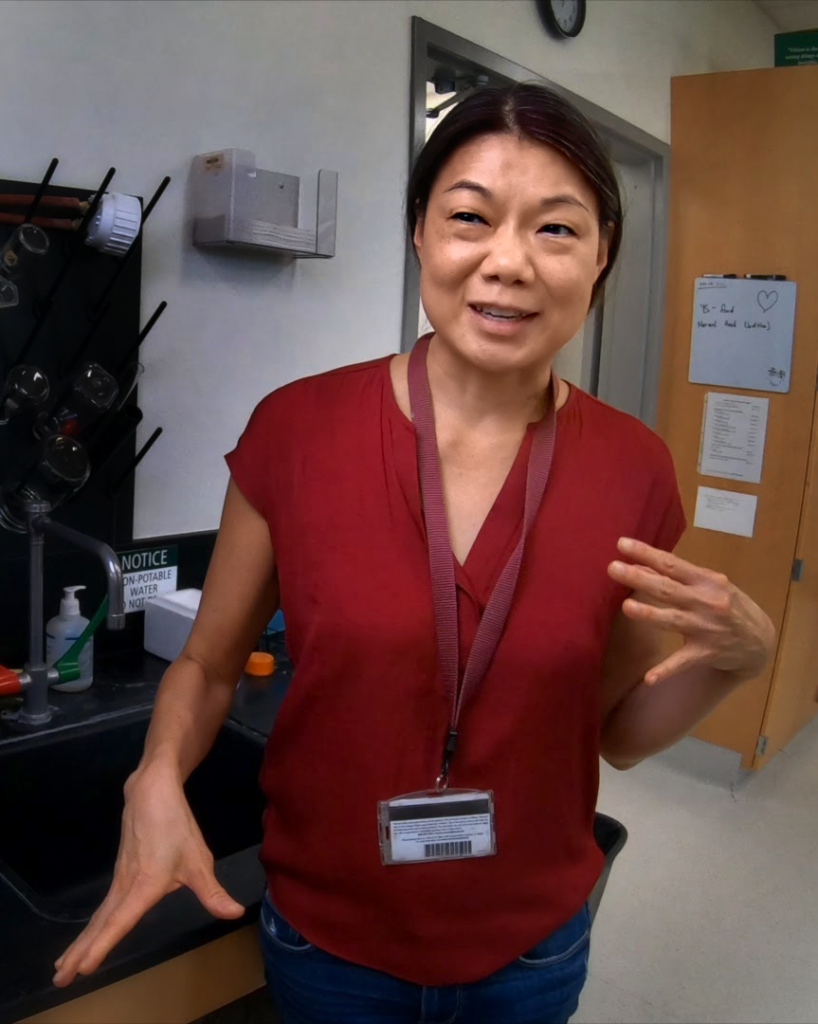University of Hawaiʻi awarded $10.7 million for human, environmental microbiome research
Researchers at the University of Hawaiʻi at Mānoa have been awarded $10.7 million from the National Institutes of Health to study how human health is impacted by exposure to microbes.
The studies also will explore how microbiomes are impacted by environmental and social-economic gradients in Hawaiʻi, and how an animal’s microbiome confers persistent health, using invertebrate hosts.
The latest grant from the National Institute of Health’s Centers of Biomedical Research Excellence is considered a Phase 2 grant. Five years ago, a $10.4 million Phase 1 grant enabled the UH Mānoa’s Integrative Center for Environmental Microbiomes and Human Health to emerge as a recognized center of excellence in understanding the ways environmental microbiomes impact human health using approaches that range from the molecular and chemical to the ecological.
More than 30 UH Mānoa faculty have participated or are currently Centers of Biomedical Research Excellence project leaders, core leaders or mentors:
- Associate Professor Anthony Amend is the Phase 2 principal investigator.
- Andrea Jani is one of four researchers leading Phase 2 projects. The assistant researcher is examining the interaction between microbiome and disease in Drosophila (fruit fly) models.
- Joanne Yew is mentoring Jani and oversees the Microbial Genomics and Analytical Laboratory core facility. She was also a Phase 1 researcher.
The “heart” of the Integrative Center for Environmental Microbiomes and Human Health is the UH Mānoa Isabella Aiona Abbott Life Sciences Building, which houses teaching and research labs, as well as three core facilities for microscopy, genomic analysis and an insectary.
The building also holds the labs of five graduated, current and proposed COBRE researchers, as well as the core facility directors.
There also are world-class field sites on multiple islands, including Oʻahu’s Waimea Valley.




















